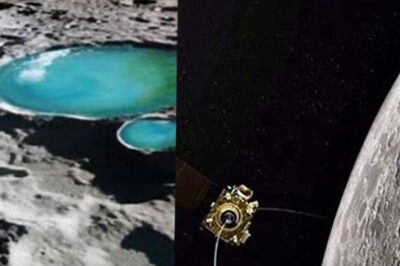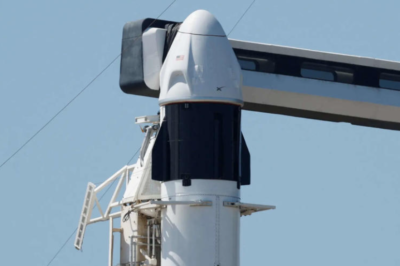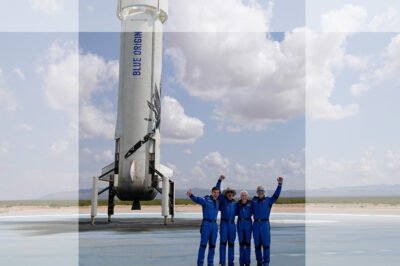The Indian Space Research Organisation (ISRO) has unveiled groundbreaking findings that significantly boost the potential for water ice in the moon’s polar craters. Recent studies suggest that subsurface ice is 5 to 8 times more abundant than surface ice at both the North and South Poles. This discovery could play a pivotal role in future lunar missions, potentially supporting the long-term human presence on the Moon. As ISRO collaborates with global institutions, the implications of these findings could change the future of space exploration.
Significance of the Discovery:
The revelation about subsurface ice came from the ‘Reachability and Genesis of Water Ice on the Moon’ study, conducted by ISRO’s Space Applications Centre (SAC) along with various prestigious institutions. The insights gained not only confirm hypotheses from the Chandrayaan mission of 2008 but also open new avenues for selecting landing and drilling sites for future missions. The existence of accessible water ice could be a game-changer for both short-term visits and long-term settlements on the Moon by providing a crucial resource: water.
Scientific Collaboration and Methodology:
This comprehensive study was a collaborative effort with contributions from IIT Kanpur, the University of Southern California, Jet Propulsion Laboratory, and IIT (ISM) Dhanbad. Published in the International Society for Photogrammetry and Remote Sensing journal, the research utilized polarimetric radar data from Chandrayaan-2’s Dual-frequency Synthetic Aperture Radar instrument. This sophisticated approach has allowed scientists to better understand the depth and distribution of lunar water ice.
Historical Context and Geological Insights:
The study also sheds light on the lunar history, indicating that the water in the craters likely originated from volcanic activity during the Imbrian period, about 3.85 to 3.80 billion years ago. This period was marked by intense volcanic activity and asteroid impacts, which seem to have played a significant role in the distribution of water ice. Such geological insights are crucial for planning future missions and could influence strategies for mining and utilizing lunar resources.
Future Prospects and Challenges:
The discovery is a stepping stone for future in-situ volatile exploration plans on the Moon. With detailed mapping and analysis of potential water ice reserves, ISRO and its international partners could plan more targeted and efficient exploratory missions. However, the challenges of lunar exploration—such as extreme temperatures, radiation, and the high cost of space travel—remain formidable.
Conclusion:
ISRO’s findings have potentially opened a new chapter in lunar exploration. The presence of substantial subsurface water ice could not only support life but also provide the raw materials for fuel and other essential supplies for long-duration lunar missions. As the global community contemplates returning to the Moon, these findings could significantly influence the scope and nature of future lunar exploration. What are your thoughts on the impact of these discoveries on human activities on the Moon?







































































Leave a Reply